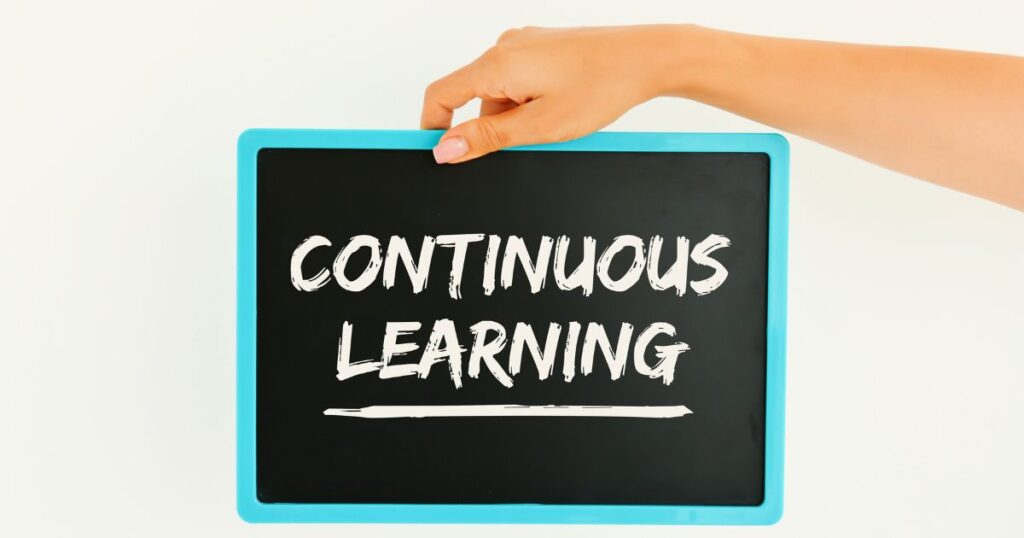Gratitude Enhances Learning! And 8 Steps to Implement It In Your Classroom
Did you know gratitude enhances learning?
Children nationwide are underperforming in both math and reading- as concerned parents and school administrators scramble to find the root cause.
Short attention spans, the use of smartphones in school, and high teacher turnover create a less-than-ideal learning environment, and our students are made to make due with the learning experience they are given.
But what if there was a simpler fix? What if gratitude could change it all?
Research worldwide has proven that people who consciously count their blessings are happier and less depressed than those who don’t.
But how does this affect our brain and the way we learn?
And is it possible to teach gratitude to improve learning retention in our schools?
Let’s discover how gratitude changes how we act and feel and how we can incorporate gratitude education to give our teachers and students a better tomorrow.
How does gratitude change your brain?

Researchers have proven that expressing constant gratitude improves mental health. Over decades, mental health professionals have concluded that gratitude ultimately rewires your brain from negative words or thoughts with more positive expressions. Shifting one’s attention away from toxic emotions which makes it more difficult to meditate on negative experiences.
Showing gratitude is not entirely dependent on communicating with others but more on expressing your emotions externally. In 2017, a research study conducted on nearly 300 college students revealed that of the 23% of students who wrote gratitude letters but chose not to share them, the majority still experienced the benefits of an improved mental state.
Furthermore when put through the “pay it forward” task, while being measured with an MRI, the people who were more grateful showed more neural sensitivity in the area of the brain associated with learning and decision making. This brain activity was three months after the letter writing had begun indicating the lasting effects of gratitude.
How does gratitude affect learning?
The concept of gratitude and learning is not a new one. Over decades the body of research of interdisciplinary professionals has been singing its praises.
- In 2005, researchers Lybomirksy, Sheldon and Schkade, argued that 50% of one’s tendency towards happiness is related to one’s genetic inheritance, 10% to circumstances and 40% to intentional activity.
- A research lab by Angela Duckworth (2009) established the relationship between multiple dimensions of character strength (gratitude, grit, zest, self-control, optimism, social intelligence, and curiosity) and school outcomes. Lending to the idea that schools should promote: interpersonal character, intellectual character, and interpersonal character, to enhance success in school settings.
- Focus in learning written by Dr. Kerry Howell’s in 2012 Revealed that when students enter class with the spirit of complaint this attitude limits their ability to think, concentrate, or see value in learning.In contrast when students enter a class with an attitude of gratitude they are more engaged, focused, and motivated to exert effort toward learning.
- In 2014 The Greater Good Science Center Gratitude Summit revealed that “people who reflect and reframe their experience from a perspective of gratitude experience more positive emotions, lower levels of stress, and happier relationships.”
Having a clear link between gratitude, and improved academic performance set before us, it is worthwhile investigating how to incorporate gratitude practices into our classrooms today..
Why gratitude in education?

According to Berkeley, compared with their less grateful peers, grateful youth are happier and more satisfied with their lives, friends, family, neighborhood, and themselves. They also report more hope, engagement with their hobbies, higher GPAs, and less envy, depression, and materialism.
According to Howell, “Students orient themselves to where they can feel valued and when there is trust. We often condemn students for their disengagement, yet it is also the environment we provide that allows such attitude to prevail.
In most contexts, education is currently constructed as a teacher who is giving the gift of education to the recipient, the student, and there is an absence of students being educated to give back for the gifts of education.
When we ask students to consider practicing gratitude, our starting point is not one of vulnerability or human frailty. Rather it is one that invites our students to seek out a higher level of presence in their learning and to explore a role of gratitude in achieving this.”
Benefits of gratitude to students & teachers
Expressing gratitude is not only beneficial for those doing the learning but also for teachers and teacher-student relationships. When teachers take the time to express appreciation for their student’s achievements and progressions, it creates a supportive classroom environment that allows students to remain confident when learning.
Through reciprocated gratitude, teachers can foster a relationship of trust and belonging, reducing stress and burnout. Teaching is demanding, requiring long hours inside and outside the classroom. When cultivating gratitude into their lifestyle, teachers shift their work stress towards the positive aspects. Gratitude reminds teachers of why they wanted to enter this profession in the first place and rewards them for their sacrifice and dedication. By acknowledging and appreciating all aspects of their job, teachers develop the skills to better handle setbacks and obstacles that can arise.
As for students, gratitude can enhance their social-emotional skills and academic performance. It’s no secret that humans thrive more in comfortable and accepting environments, encouraging us to stay motivated while teaching the importance of empathy, kindness, and appreciation. When both teachers and students show gratitude within the classroom, both groups’ mental health and well-being are positively impacted.
8 steps to teach gratitude

For many people, gratitude doesn’t come naturally. For educators to teach gratitude, they must do the following:
- Acknowledge that gratitude is not a habit for most people. Understand that life’s difficulties often make it hard for individuals to show appreciation regularly.
- Recognize specific challenges faced by students. Students often struggle with demanding schedules, inconsistent sleep routines, and hours of homework, which can make gratitude less of a priority.
- Find common ground when teaching gratitude. Educators should create opportunities for exchanging thanks regularly, while being mindful that each student may value different things.
- Create an identity-safe environment. Ensure that students feel safe and respected for their individuality and diverse experiences when expressing gratitude.
- Establish ways for students to express their gratitude. Encourage students to express appreciation verbally or through simple behaviors like giving rewards, high-fives, or recognition.
- Make gratitude a regular practice. Ensure that gratitude is practiced consistently to make it effective, helping students expand their appreciation for kindness over time.
- Be mindful of students’ backgrounds and challenges. Recognize that external factors like home life may influence their feelings, so it’s important to build a gratitude pattern that suits their individual needs.
- Show appreciation for students’ hard work. Acknowledge their efforts to help build trust between students and teachers, fostering a safe and supportive environment for gratitude to flourish.
Celebrate Gratitude
Gratitude has a profound impact on our mindset, learning, and overall mental well-being. When we practice it regularly, we shift our perspective toward positivity and build confidence in our abilities.
The more we express gratitude, the better we understand others, fostering empathy and stronger relationships. In classrooms, this leads to better decision-making and a deeper connection with students.
Teachers who nurture gratitude see their students become more resilient, motivated, and open to learning. As trust grows, so does the classroom community.
There’s always something to be thankful for—so let’s celebrate those moments, big and small, every day!
If this article has inspired you, please subscribe to our newsletter to be alerted when the next piece is released. You can also support the continued creation of this content by making a tax-deductible donation.




